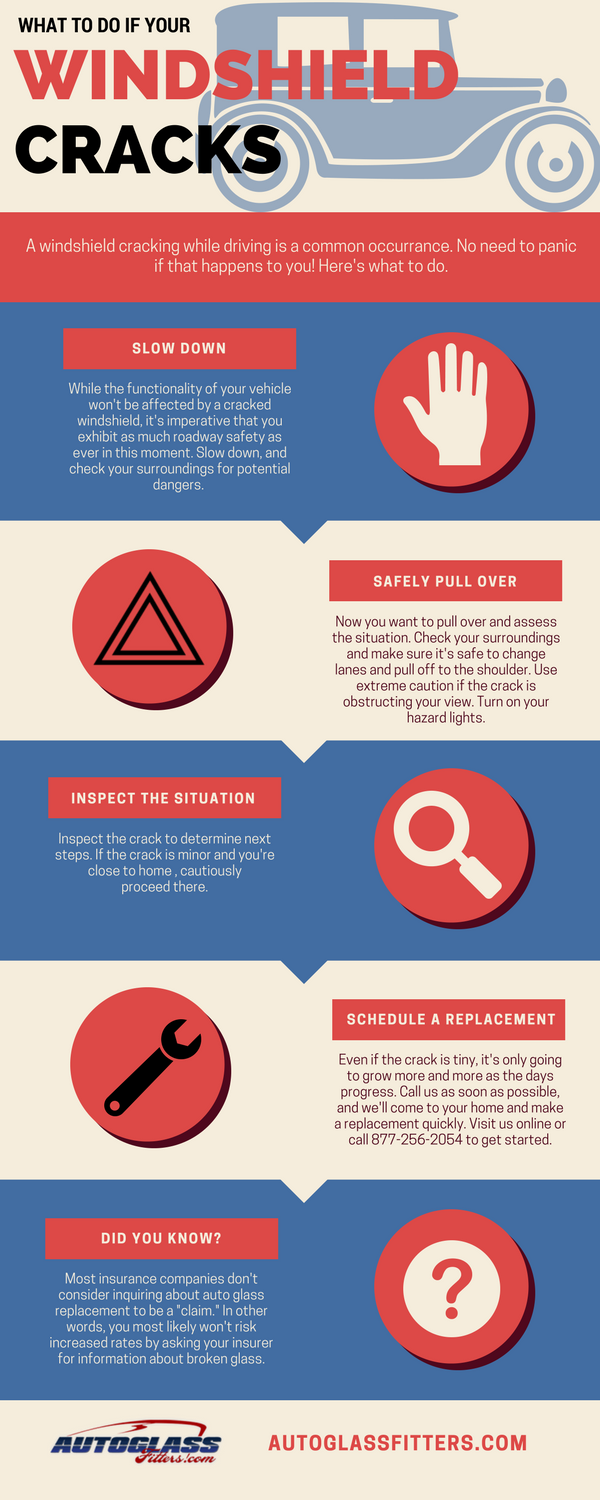The Most Efficient Pressure Cleaning Practices For Every Surface Area Classification
The Most Efficient Pressure Cleaning Practices For Every Surface Area Classification
Blog Article
Article By-Vazquez Hodges
When it involves press cleaning, the technique you choose can make all the distinction in achieving a tidy, streak-free coating. You might discover that tough surfaces, like concrete, call for a various approach than softer materials, such as timber or vinyl. It's vital to adapt your methods to the surface type to prevent damages while making the most of cleaning efficiency. So, what are the best techniques for every surface area, and just how can you ensure you're utilizing the best setups and devices for the work? Let's explore what you need to know to obtain the best results.
Hard Surface areas
When it comes to push cleaning difficult surface areas, prep work is key. Before you also think about pulling out the pressure washer, put in the time to clear the area of any debris, furniture, or barriers. You do not desire anything entering your method or possibly harmful your tools.
Next off, evaluate the surface area for any cracks or damages; this will help you establish the right method and stress settings.
As soon as you've prepared the location, it's vital to choose the ideal nozzle. For difficult surface areas like concrete or brick, a narrow nozzle (15 or 25 degrees) functions best to provide a focused stream of water that can effectively remove gunk and discolorations. Always start at a distance and gradually relocate better to avoid any surface damage.
As you begin washing, keep the stick moving to prevent touches and over-saturation. It's also valuable to function from the top down, allowing dust and debris to get rid of normally.
Lastly, remember to rinse the surface thoroughly after cleaning up to get rid of any kind of leftover cleaning agent. With these methods, you'll attain a clean and rejuvenated appearance on all your tough surfaces.
Soft Surfaces
Pressure washing soft surface areas needs a gentler method to secure them from damage. Whether you're cleaning your deck, patio area furniture, or exterior siding, using excessive pressure can result in dents, scrapes, or perhaps irreparable injury.
Start by choosing a low-pressure nozzle, ideally a 25-degree or broader spray pattern, to distribute the water more delicately.
Before you start, it's critical to pre-treat any discolorations with an appropriate cleansing solution. This step enables the cleaner to pass through the dirt and crud, making it simpler to remove without rubbing too hard.
Constantly apply the remedy from the bottom as much as protect against spotting.
When window cleaning business begin stress washing, preserve a distance of a minimum of 12 to 18 inches from the surface. Move your stick in a sweeping activity, maintaining it alongside the surface to prevent focused stress on one place.
https://www.homesandgardens.com/kitchens/how-to-clean-fabric-kitchen-chairs after cleaning to get rid of any kind of recurring cleaner.
Last but not least, evaluate the surface area for any type of missed areas and repeat the process if necessary. By adhering to these steps, you can effectively clean soft surface areas while protecting their integrity and look.
Specialized Surfaces
Cleansing soft surfaces calls for treatment, however specialized surface areas demand even more attention to information. When you take on these surface areas, like fragile timber, tarnished concrete, or certain kinds of home siding, utilizing the ideal pressure cleaning strategies is essential to prevent damages.
First, analyze the product. As an example, dealt with wood can frequently withstand moderate stress, but softer timbers like cedar may need a lower setup. Constantly start with the lowest stress and progressively boost if essential.
For discolored concrete, use a fan spray nozzle and keep a consistent distance to avoid etching the surface area.
When handling surface areas like vinyl home siding or painted surfaces, a wide spray pattern aids disperse the stress uniformly, securing the surface.
It's additionally a good idea to use detergents particularly made for specialty surfaces. They can improve cleansing without compromising the material.
Wash completely after cleaning to remove any residue, as it can lead to staining or damage over time.
Conclusion
Finally, grasping pressure washing strategies for different surface areas can make all the difference in your cleaning results. For tough surfaces, stay with slim nozzles and a top-to-bottom method, while soft surfaces need a gentler touch with bigger nozzles. Do not forget to pre-treat spots and rinse extensively to prevent residue. By adapting your methods to each product, you'll not just achieve a cleaner finish however additionally shield the stability of your surfaces. Pleased cleaning!
